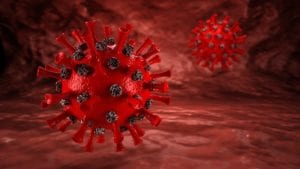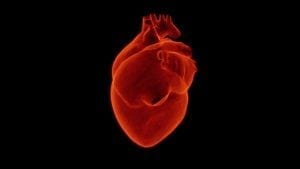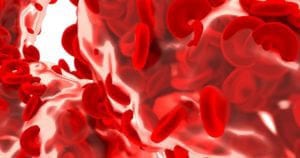Kawasaki Disease
What is Kawasaki disease?
Kawasaki disease is characterized by inflammation in the walls of medium sized arteries, typically the coronary arteries. It also causes swelling in the glands that become inflamed during infections. It primarily affects children.
What are the symptoms of Kawasaki disease?
The symptoms of this disease occur in three phases. The first phase consists of a high fever that lasts for at least three days, red eyes, rashes on the main part of the body and genitals, swollen and red skin on the palms of the hands and soles of the feet, cracked and dry lips, a swollen tongue, irritability, and swollen lymph nodes.
The second phase entails joint pain, vomiting, diarrhea, abdominal pain, and skin that peels off of the palms, soles of the feet, toes, and fingers in large sheets.
The third phase sees symptoms disappear, unless complications have arisen. It can take as long as eight weeks before symptoms are gone and energy levels are normal.
Complications are rare if the correct treatment is given, but they include inflammation in the heart muscles and blood vessels and problems with the heart valves.
What causes Kawasaki disease?
There is no known cause of Kawasaki disease. There are theories that are linked to bacteria, viruses, and other environmental factors. Certain genetic conditions may also increase the risk of this disease.
Risk factors include being under five years old, being male, and being of Asian or Pacific Island descent.
How is Kawasaki disease diagnosed?
No test exists that is specific to Kawasaki disease; a diagnosis comes when doctors rule out other conditions, including scarlet fever, toxic shock syndrome, and measles among others. They will use blood tests, electrocardiograms, and echocardiograms to do so.
What are the treatments for Kawasaki disease?
Treatment should occur as soon as possible, and it consists of gamma globulin and aspirin for the first phase. Later treatment includes low doses of aspirin for six weeks. The heart should also be monitored to ensure there are no complications.
Where can I find out more about Kawasaki disease?
Kawasaki Disease Articles



Tango 2 and Kawasaki Disease: Their Two Daughters Have Potentially Fatal Diseases


Exploring the Potential Link Between Kawasaki Disease and COVID-19

“Back at 100%”: A Young Hockey Player’s Recovery from Kawasaki Disease

New Research Identifies Protein Epitope Targeted in Kawasaki Disease Immune Response




